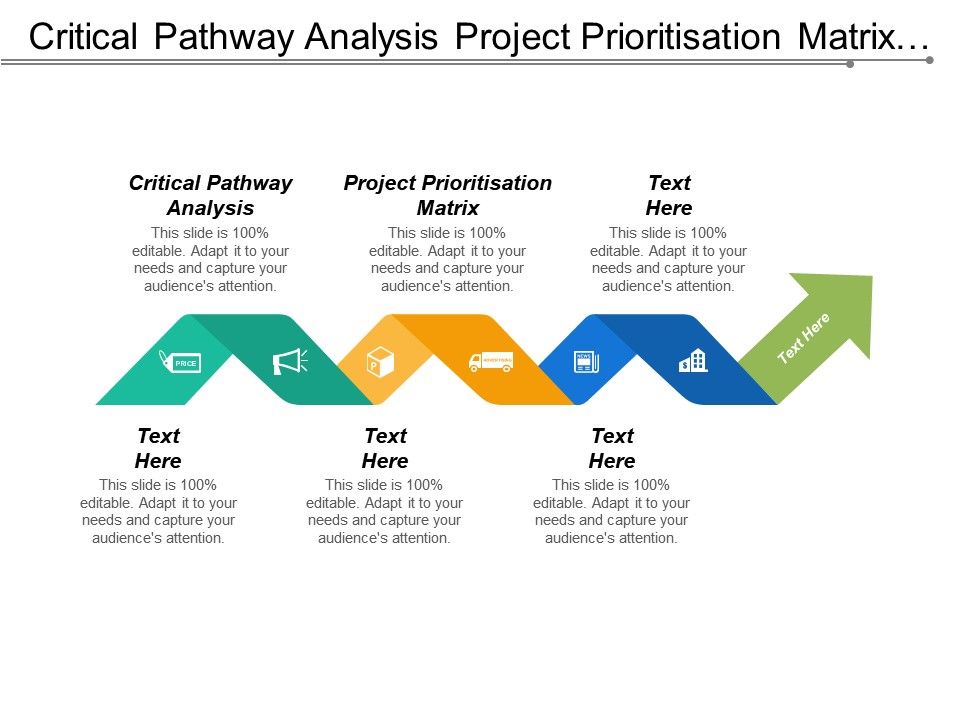
One of the highlights of a weighted scoring model is the visual representation available for use with stakeholders. I’ve found that this method allows us to include any features that the Product Owner suggests (regardless of priority) and only tackle them when we have the bandwidth available to do so. When a new feature is introduced my team can simply assess and determine the weighted value of the feature – highest to lowest priority – and tackle features (or bugs) in that order. I use this particular method with client projects and find it to be extremely successful. Teams then utilize those attributes to assess which elements in the plan will be given priority. The purpose of the weighted scoring method is to extract an objective, measurable market benefit for each contending item on the list. Weighted scoring models are useful for product teams looking for objective prioritization techniques that factor in multiple layers of data. Weighted scoring: Weighted scoring is a complimentary prioritization framework leveraged by project management teams often used to determine feature/bug priority on a scale from 1 to 5 – lowest, low, medium, high, highest – on your product roadmap.In its simplest form a prioritization matrix looks like this. Any bug that can be resolved quickly but will make a customer happy is worth tackling right away. Development considers is this a trivial or severe bug? What is the effort level required to resolve the bug? The goal is to capitalize on the low hanging fruit. You want to tackle tasks in the low effort high impact quadrant (low hanging fruit) first.īug prioritization works in the same way. To prioritize features, product management considers which of these features will make the biggest improvement? Which will matter most to the customer? What is the effort level? The key is to organize feature tasks by priority and potential improvement. Prioritization matrix: A product prioritization matrix is a simple way of mapping out benefit vs effort for both bugs and features.new product features – seasoned Product Managers implement a prioritization framework (or several) to simplify the prioritization process. To tame the constant battle – bug fixes vs. Even if the form produces information in a questionable (wonky) format, that bug can be filed and reviewed at a later date.
#Product prioritization matrix software#
On the other hand, if within the software development process you’ve implemented a contact form feature and its core purpose is to allow users to input data and that data to be accurately received – as long as that core criterion is met, the feature is complete.

Even common sense says fix it now – it’ll only take a few minutes. If the bug is preventing the feature from being called “complete”, it needs to be tended to. The feature is the new page – including the text on that page. There is no point in waiting to fix the issue. Keep in mind that though we push for and are focused (primarily) on securing a stable customer base – it doesn’t mean we don’t fix bugs as they arise.įor example, let’s say you’ve added a new page to a website, you notice a text typo or other small inconsistency.


 0 kommentar(er)
0 kommentar(er)
